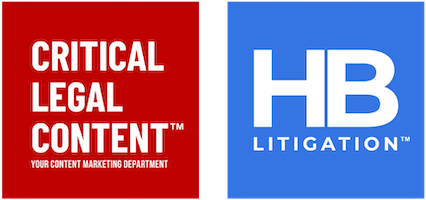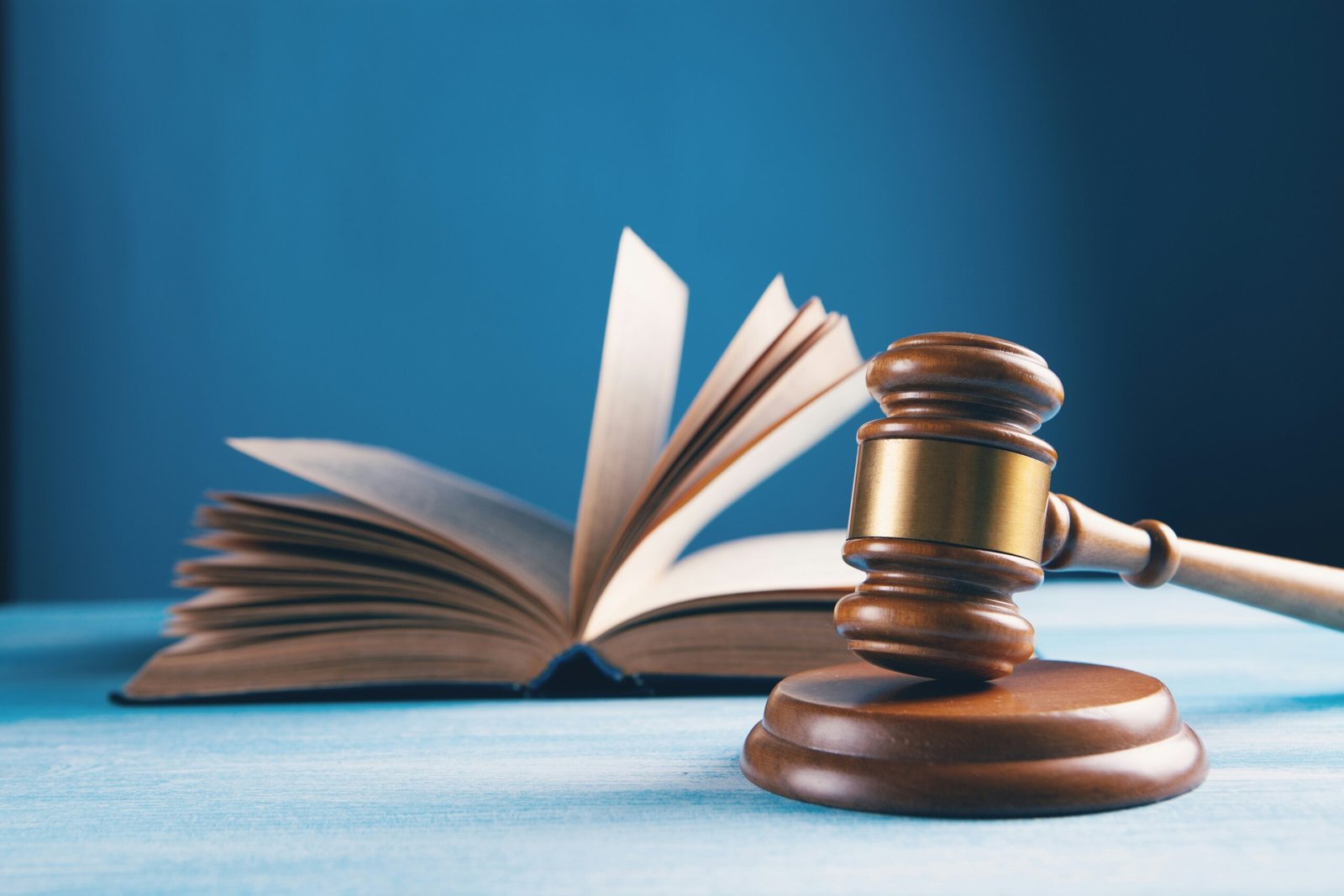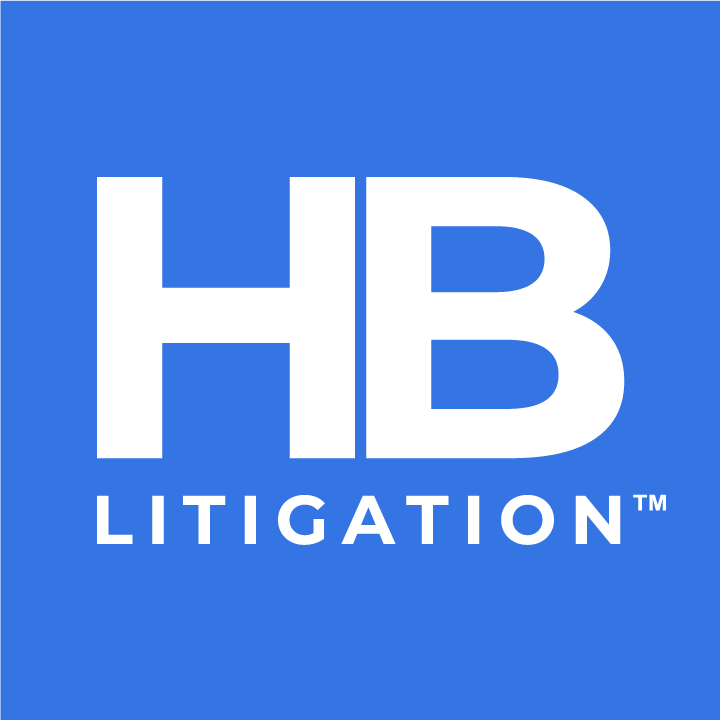Emerging Litigation Podcast
When Chemical Crises Strike with Ed Gentle and Kip Benson
Soon after emergency response teams scramble into action to address chemical fires, explosions, or other toxic events, attorneys begin gathering and analyzing information either to mitigate corporate risk or to seek remedies for anyone impacted by such an event. Listen to our interview with Edgar C. "Ed" Gentle III and Katherine "Kip" Benson of Gentle, Turner & Benson LLC, about legal activity that goes on in the immediate aftermath of a toxic event. Ed and Kip draw on their deep experience resolving this type of litigation to discuss the flurry of activity that unfolds at law firms and inside legal departments within hours of a disaster.
The EPA’s New PFAS Safe Drinking Water Rule with John Gardella
In this episode, we dive into one of the hottest topics in environmental law right now: PFAS. Specifically, our guest, John Gardella of CMBG3 Law talks about the EPA’s new PFAS Safe Drinking Water Final Rule, which mandates acceptable levels of PFAS in public water systems. John is a leading voice in PFAS litigation and a recognized thought leader, known for his expertise in environmental and toxic tort litigation. Tune in now!
The Long and Brawny Arm of the Foreign Corrupt Practices Act with Mark Bini and Tom Suddath
Hey! Corporate corruption costs $5 trillion a year! In this episode two former prosecutors talk about the Foreign Corrupt Practices Act, the government’s leading weapon in its global war on corporate crime. They also talk about the new statute on the block, the Foreign Extortion Prevention Act, and the many complexities of this fascinating area of the law. Check out our interview with Reed Smith attorneys Mark Bini and Tom Suddath. They know this area of the law inside and out.
A Shameless Plug for Our Content Services
Your content marketing is everything you’ve ever dreamed of. Right?

Critical Legal Content was founded by Tom Hagy, former Editor & Publisher of Mealey’s Litigation Reports and VP at LexisNexis, founder of HB, current litigation podcaster and editor-in-chief. CLC’s mission is to help smaller firms and service providers not only create content — blogs, articles, papers, webinars, podcasts (like the stuff on this site) — but also to get it out there. How? Via social media, this website, your website, and potential via our podcast and journal which we publish in collaboration with vLex Fastcase and Law Street Media. The goal is to attract readers and dizzy them with your brilliance.
*Inspired by actual events.
Create content like a real legal publisher.
Emerging Litigation Journal
Class action alleges Ziploc misled consumers about harmful microplastics in its products
Amid rising concerns about toxic chemicals in consumer products, Apple finds itself under scrutiny. Guest contributor Justin Ward examines the controversy surrounding Apple’s smartwatch bands after researchers detected elevated levels of PFAS, or “forever chemicals.” While Apple insists its products are safe, a class action lawsuit alleges deceptive marketing and health risks, raising broader questions about accountability and chemical transparency in tech and apparel.
What DEI Changes Mean for Employers Featuring Patice Holland
As political and public scrutiny of Diversity, Equity, and Inclusion (DEI) programs grows, employment attorney Patice Holland of WoodsRogers joins the Emerging Litigation Podcast to explain how employers—especially federal contractors—can reassess DEI initiatives while staying compliant with discrimination laws, navigating shifting enforcement priorities, and managing legal, operational, and reputational risk. Tune in now!
Facing PFAS lawsuit, Apple claims watch bands are safe, but what does the evidence say?
Amid rising concerns about toxic chemicals in consumer products, Apple finds itself under scrutiny. Guest contributor Justin Ward examines the controversy surrounding Apple’s smartwatch bands after researchers detected elevated levels of PFAS, or “forever chemicals.” While Apple insists its products are safe, a class action lawsuit alleges deceptive marketing and health risks, raising broader questions about accountability and chemical transparency in tech and apparel.
HB Webinars on CeriFi LegalEdge
The Medical Monitoring Tort Remedy: Advanced Level
The medical monitoring tort remedy – allowing for medical monitoring without physical injury – is recognized in 14 states and not allowed in 23. The law is divided in two states while the rest have not specifically addressed the issue. States that allow medical monitoring to do so when a group of claimants is at increased risk of disease or injury due to exposure to a known hazardous substance or a dangerous product as the result of a defendant’s conduct. Under this tort remedy, claimants are tested periodically, for an agreed or decided period, usually between 10 and 40 years. In this CLE webinar, Gentle Turner & Benson LLC attorneys Edgar (“Ed”) C. Gentle III and Katherine (“Kip”) A. Benson discuss the evolution of the medical monitoring tort, related cases, tests to determine whether the tort should be applied, types of monitoring, and the arguments for an against medical monitoring.
Avoiding the Nuclear Verdict or the Defense Verdict
According to professionals in the insurance industry and the defense bar, the number of nuclear verdicts, or verdicts that exceed $10M, is on the rise. Although the defense may prevail over plaintiffs more often at trial, when the defense loses, they lose big. And plaintiffs who could have obtained needed resources in settlement, sometimes "roll the dice" at trial and get less, or nothing at all. Do clients really want to engage in such high stakes showdowns? Is there a better way to administer "justice?" In this CLE webinar, Mediator Arbitrator Jeff Trueman and Negotiation Educator and Author, John Lowry discuss these very questions. Register for the on-demand webinar today!
Litigation After Biometric Privacy Law Violations
In this CLE webinar, Anderson Kill attorneys, Cort Malone and John Leonard discuss the state of biometric privacy litigation, the regulatory landscape, and insurance coverage considerations and rulings.




















